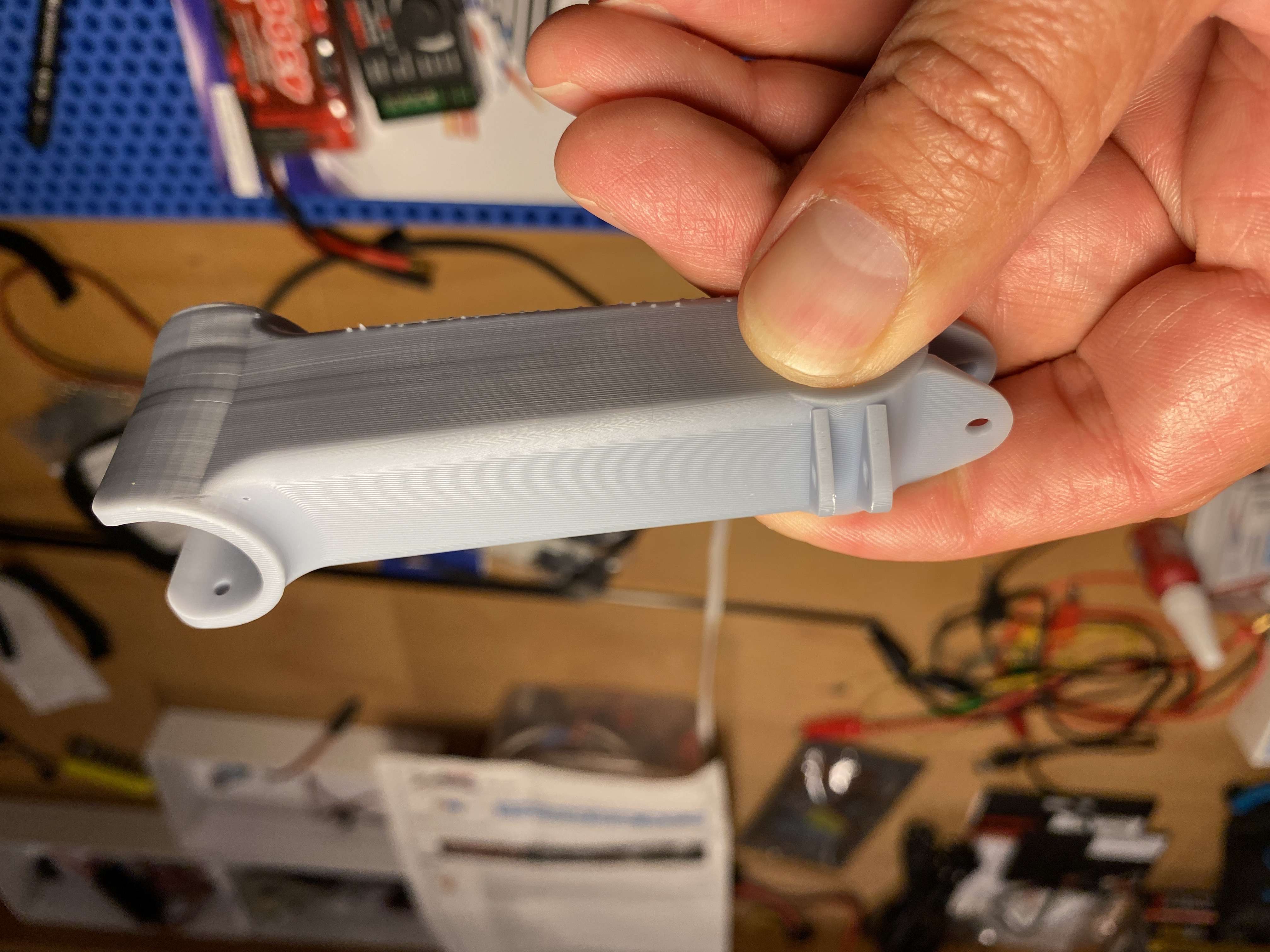Lumpy bottoms ... err, tops
One thing that is consistently happening with my prints is that the surface against the supports comes our really lumpy. It's like resin puddles there and cures or something.
I can't really tell where this is happening, but it appears to be as part of printing, not post.
For example, if I print some 28mm D&D figures for my son, with large flat bases, the part of the base the figure is on is dead flat. But the part that the supports are attached to (the part raised from the bed) is all lumpy.
I don't have a good photo, but look around the perimeter of this base for a dragon figure to get an idea. Imagine that continues across the entire bottom.

I normally post-process in the Prusa washer/curing machine. Here's what I've tried before drying/curing, thinking maybe it was resin pooling there:
- Multiple washing cycles in the washer/curing machine
- Wash with soap and water first, then the washer/curing machine
I had almost identical results each time.
Any suggestions? Is this just a symptom of this tech? Does anyone have a solid explanation of what causes it?
Thanks.
Pete
RE: Lumpy bottoms ... err, tops
Try putting the models at an angle using "Optimise Orientation" in Prusa Slicer
Joan
I try to make safe suggestions,You should understand the context and ensure you are happy that they are safe before attempting to apply my suggestions, what you do, is YOUR responsibility. Location Halifax UK
RE: Lumpy bottoms ... err, tops
To offer an explanation, I suspect what is happening is that the first layers of the flat surface are bending as they are pulled from the film. Over the course of several layers, it builds rigidity and bends less until at some point it properly prints a flat surface. Joan's suggestion will probably fix the issue. Alternatively, you could add a ludicrously large number of additional supports, if you like wasting resin and hold masochistic tendencies.
In general, vertical dimensions will behave better than horizontal ones, because that is where the separation force acts. That's why setting the model at an angle would help, because it reinforces the print in that direction rather than having a long flimsy layer between supports in the initial layers. Bear in mind that this principle can hold with any place on a print, regardless of figure orientation, so it's worth putting extra supports across any surface that stretches horizontal to the build plate if you notice drooping in other places.
RE: Lumpy bottoms ... err, tops
Thanks all. I appreciate the advice and explanation.
I'll try some things here. When I put things at an angle, I would get some tapering at the corners.
With some parts, I've had some better luck printing directly on the build plate, with no supports. But there are tradeoffs there (part gets scraped a bit when removing it, can't have any overhangs, etc.)
Pete
RE: Lumpy bottoms ... err, tops
I have the same issue ... I did use an angle but maybe enough. Of course the more I angle to parts in the vertical axis the more I increase print time.
First image is the non flat deformed side, second image shows the other side and what this side should look like.


Thanks,
Serge